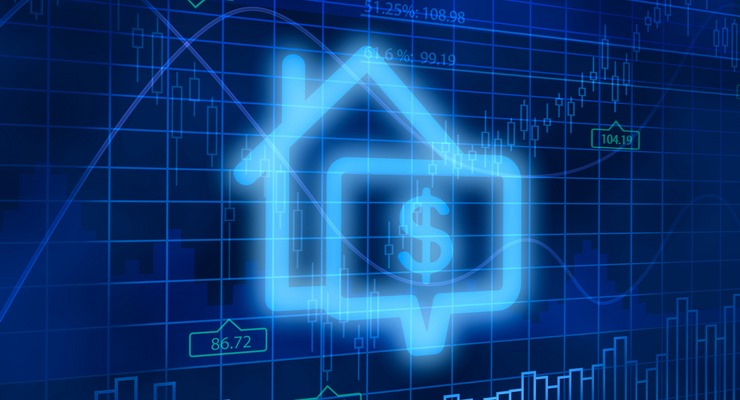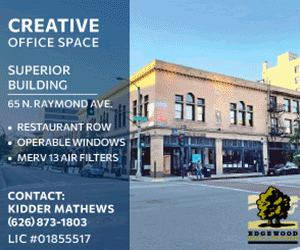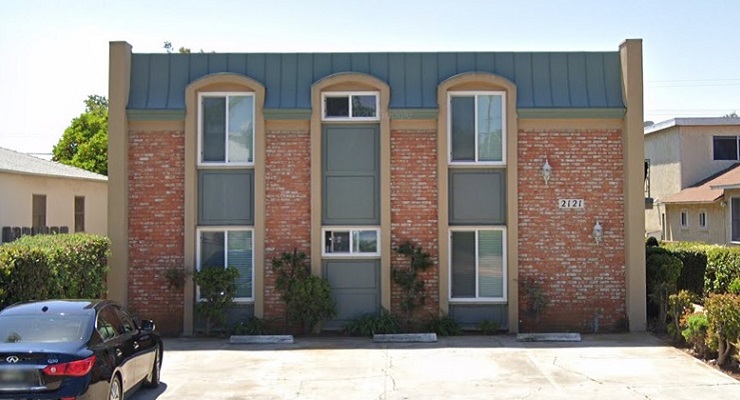
The Federal Reserve recently announced that it’s raising interest rates by 0.75 percentage point, moving the federal funds rate to a target range of 3.75 to 4 percent.
“A fourth consecutive rate hike of 0.75 percent – after going 28 years without one that large – speaks to the urgency of the Fed’s task,” says Greg McBride, CFA, Bankrate chief financial analyst. “They were late to acknowledge inflation, late to wind down stimulus, late to start raising rates, and late to ramp up rate hikes in a meaningful way. They’re still playing catch-up against inflation that continues to run near 40-year highs.”
The Fed’s decision comes as inflation rages in the U.S. economy at some of the highest annual rates in 40 years, according to Bankrate, reaching 8.2 percent in September after an 8.3 percent report in August.
The question becomes, “How much further will the Fed raise rates and whether these moves eventually spill over into a recession?”
According to a recent article in Forbes, when the Fed raises the federal funds target rate, the goal is to increase the cost of credit throughout the economy. Higher interest rates make loans more expensive for both businesses and consumers, and everyone spends more on interest payments, said the report.
Those who can’t or don’t want to afford the higher payments may put off projects that involve financing, said Forbes. It also encourages people to save money to earn higher interest payments on those accounts. This reduces the supply of money in circulation, which tends to lower inflation and moderate economic activity, cooling off the economic landscape.
Forbes offered a look at a family shopping around for a $300,000 30-year, fixed-rate mortgage: If banks were offering them an interest rate of 3.5%, said the report, the total lifetime cost of the mortgage would be approximately $485,000, with nearly $185,000 of that accounting for interest charges. Monthly payments would be around $1,340.
If the Fed had raised interest rates by 1% before the family got a loan, and the interest rate offered by banks for a $300,000 home mortgage loan rose to 4.5%, then over the 30-year life of the loan, the family would pay a total of more than $547,000, with interest charges accounting for $247,000 of that amount. Their monthly mortgage payment would be approximately $1,520, said Forbes.
Thus the family in this example might delay purchasing a home, or opt for one that requires a smaller mortgage, to minimize the size of their monthly payment.
And, according to Bankrate, the run-up in rates – following the rapid rise in housing prices over the past couple of years – has created a double whammy for potential homebuyers. Home prices are more expensive and the financing is pricier, resulting in a slowdown in the housing market.
“Mortgage rates have increased at the fastest pace on record, hitting 20-year highs,” says McBride. “The housing market that had been red-hot earlier this year has gone cold as higher rates price out would-be homebuyers. The increase in mortgage rates since the beginning of the year has the same impact on affordability as a 35 percent increase in home prices.”
So at least for now, rising rates are making homes less affordable pretty quickly.







